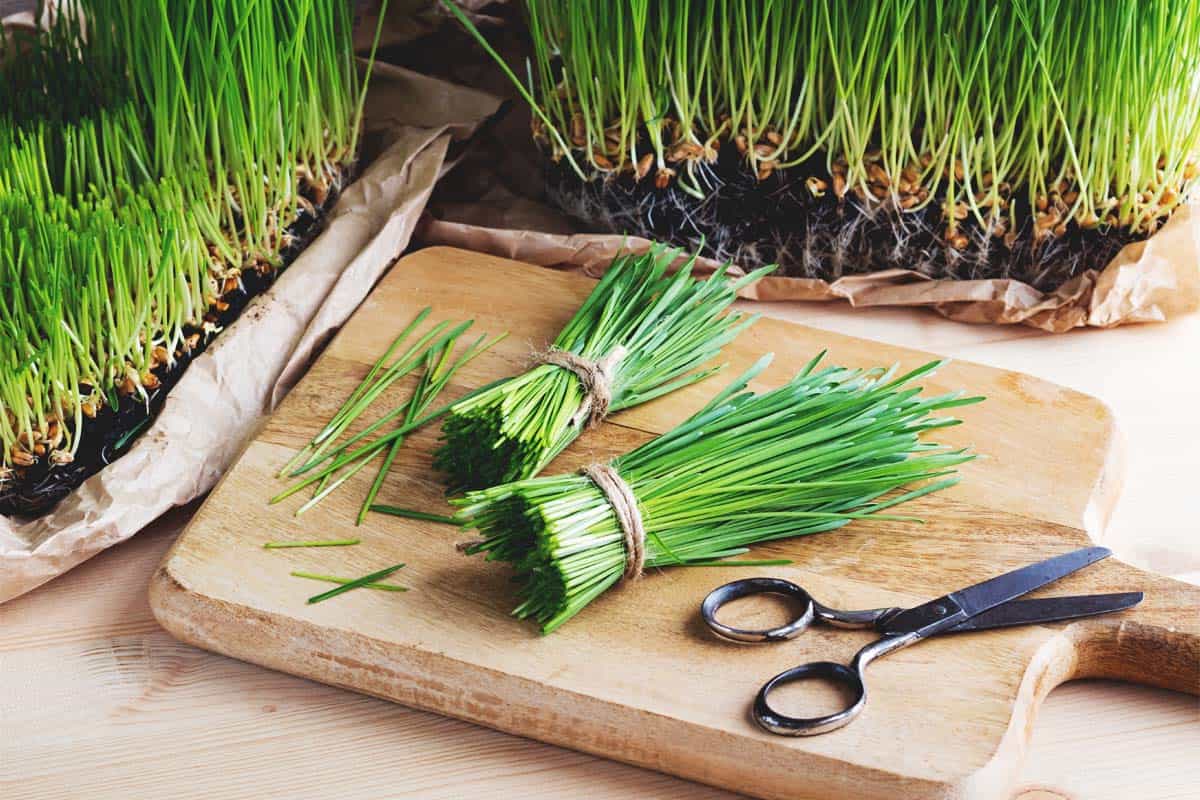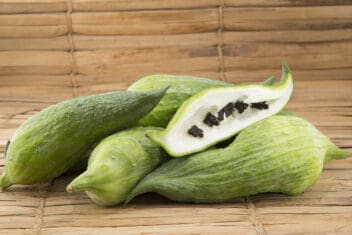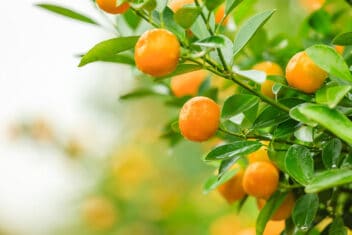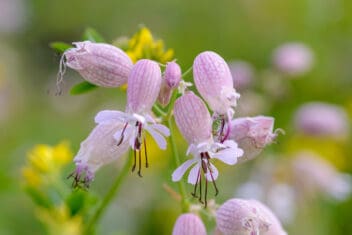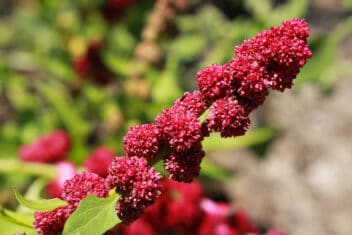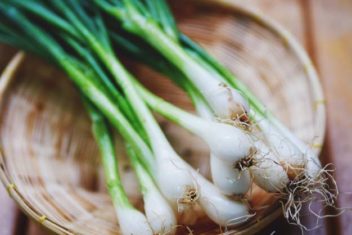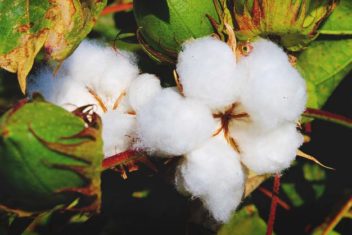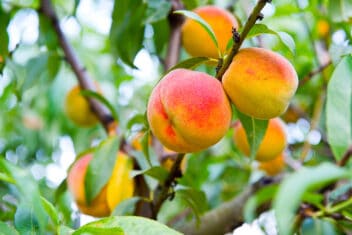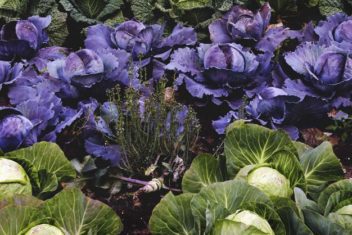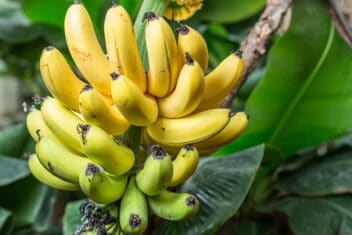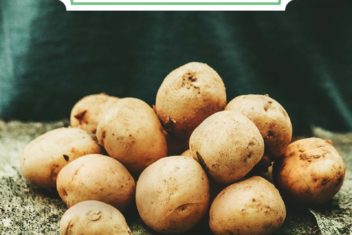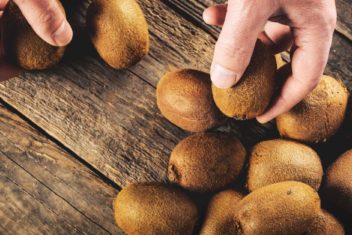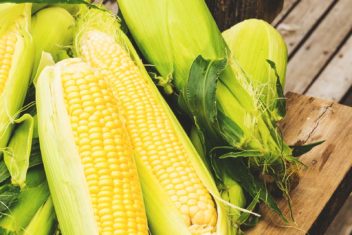Wheatgrass is a nutritional powerhouse that has earned a reputation around the world as one of the healthiest foods you can eat. Lucky for us, growing wheatgrass is easy, fun, and inexpensive. It’s similar to growing microgreens, so if you’ve ever raised those, you’ll have no trouble at all.
Growing wheatgrass is a smart option for people without a big garden. If you live in a small space or are an apartment dweller, it’s the perfect urban agriculture project for you.
Ready to get started?
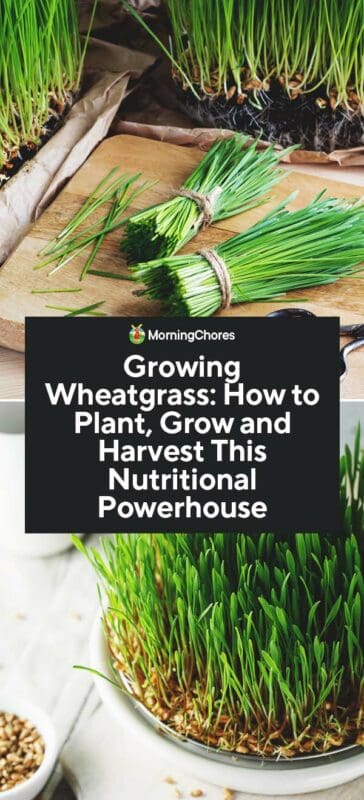
What is Wheatgrass?
Wheatgrass is the immature Triticum aestivum plant – the same plant we grow to make bread. Instead of allowing common wheat to grow tall and turn to seed so that we can harvest the wheat berries, you let it get a few inches tall and snip it to enjoy in salads, smoothies, or in juice.
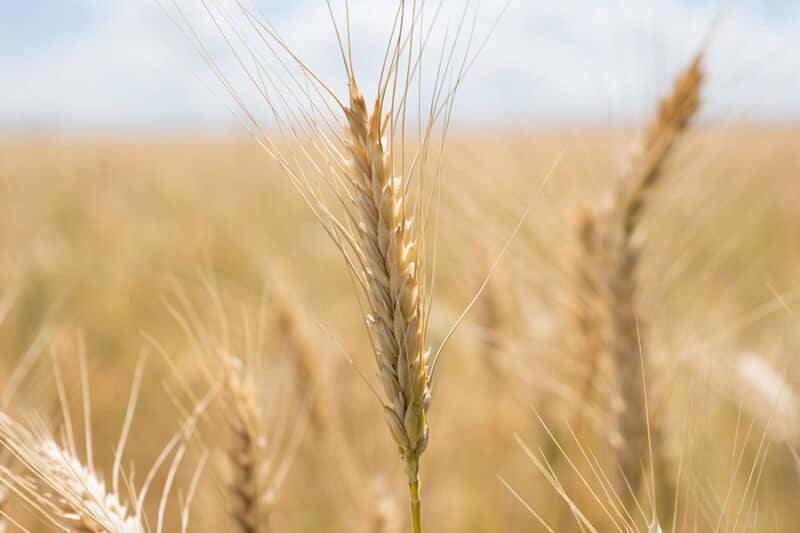
Unlike traditional wheat, you don’t have to grow it outdoors and there’s no fertilizing or threshing needed.
Wheatgrass is not a new hippie food or juicing trend just because it has become more popular in the United States. Wheatgrass was actually used in ancient Persia and was a symbol of vitality and rebirth.
Wheatgrass has long been thought of as a superfood because its packed full of healthy vitamins and minerals.
These days, it’s a popular component of juicing and can be added to smoothies, salad dressing, and even made into skincare products.
Wheatgrass is different from sprouted wheat in that you typically eat sprouted wheat before the greens start growing.
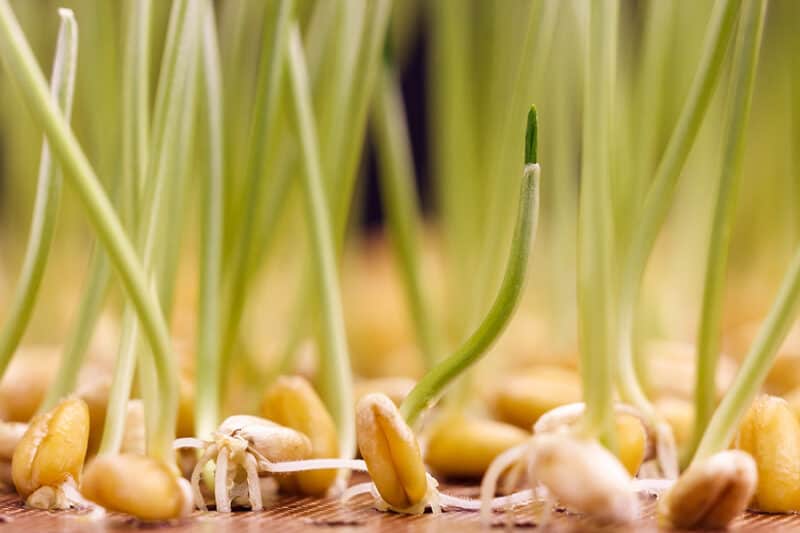
Planting Wheatgrass Seeds
You can certainly buy wheatgrass powder or pills at the health food store, but who wants to do that? Growing wheatgrass provides you with fresh, natural ingredients for your dishes and it’s not as hard as you might assume.
Wheatgrass seeds aren’t hard to find. Look anywhere that sells seeds for sprouting. Seed catalogs often have organic wheat seed that you can grow for wheatgrass. Winter wheat seeds are the best, but you can do it with any wheat seed.
The whole process takes less than ten days.
Here’s how to get the seeds to sprout. Then you can grow them with or without soil:
- Place one cup of wheat seeds in a glass jar.
- Fill with water and place a sprouting strainer lid or secure some cheesecloth to the top.
- Allow it to soak for around eight hours.
- After the seeds have soaked, drain out the existing water. Rinse and drain again.
- Set them in a warm but dark place for another day.
- Rinse, drain, and put back in the warm dark place.
- Repeat this process until the wheat has sprouted and has little white tails.
Using Trays with Soil
Growing wheatgrass requires a shallow planting tray. You can find ones that are made for sprouting or microgreens. If you’re growing using soil rather than a soilless substrate, you’ll want trays with drainage holes.
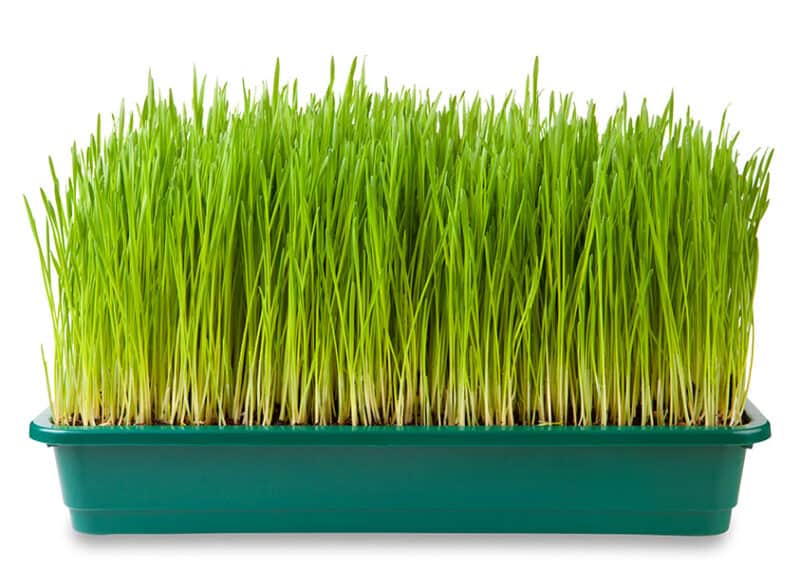
A tray that is 10×10 inches is perfect because that makes it easy to measure out the number of seeds you need. Here are the steps for planting:
- Fill a 10×10 plastic growing pan with one inch of seedling starter soil.
- Moisten the soil. Some people add a dusting of seaweed powder organic fertilizer to the soil to increase plant nutrition.
- Spread sprouted wheat seeds over the soil mixture in a single layer.
- Gently press seeds to make good contact with soil.
- Place the tray in an area of indirect light.
Growing Without Soil
It’s possible to grow wheatgrass without soil, though this method isn’t ideal. While the wheatgrass looks pretty growing in a clear container it will have much fewer nutrients.
When you use good organic soil, it adds nutrients to your plants, which in turn puts more nutrients in your body. However, you will still get the fiber and chlorophyll benefits from the plants.
After you’ve sprouted your seeds, spread your seeds evenly in the bottom of your container. Then cover them with a thin layer of water.
Several times a day you will need to rinse and drain your seedlings. Always keep a small layer of fresh water covering the seeds. Rinsing is important so that the plants don’t develop mold.
The seedlings will continue to grow and be ready to eat in just a few days.
Problems Growing Wheatgrass
The biggest problem growing wheatgrass is fungus and molds. Both occur in warm moist temperatures. The nature of growing wheatgrass keeps the seeds and later the sprouted grass wet at all times.
Providing good air circulation will help prevent mold growth. You may want to place your growing sprouts in front of a fan set on low.
If you get mold, toss out the seeds and try again. Change the water more frequently to avoid the problem.
How to Use Wheatgrass
Wheatgrass is extremely healthy. It contains a number of vitamins including Vitamins A, C, and E. It’s also rich in iron and calcium.
Wheatgrass contains eight amino acids and several antioxidants, which help keep our hearts healthy and prevent certain types of cancer.
A 2018 study showed that the antioxidants found in wheatgrass appeared to help prevent disease and boosted energy in test subjects.
Juice from wheatgrass contains 70% chlorophyll. We often don’t think about chlorophyll as necessary to our health but there’s evidence that it helps to reduce inflammation, build red blood cells, and get rid of toxins in the body.
Chlorophyll is also said to be a natural deodorizer, and wheatgrass is full of fiber and will make you feel full, a strategy that may help with weight loss.
The benefits of wheatgrass don’t end with nutrients for the inside of your body. Studies of wheatgrass have shown that it may provide benefits to the skin. People use it for acne, insect bites, and dandruff.
Ease Into Wheatgrass
It’s important to note that you should ease slowly into eating or drinking wheatgrass. Wheatgrass contains high amounts of fiber and can initially give you some intestinal distress and even a headache.
Often, our bodies have adjusted to an easy to digest diet filled with refined foods like bread, pasta, and chips.
Wheatgrass makes your body work to digest it, which is one reason its so good for you.
If you plan to use it for juicing, start with small quantities, such as enough to fill half a shot glass. Then gradually build up to more as your body gets used to the change.
It’s recommended that you drink wheatgrass first thing in the morning, about an hour before you eat. This helps avoid indigestion.
Let Your Pets Enjoy Wheatgrass
Have you ever seen those little green growing packages they sell as cat grass? Well, guess what? That’s wheatgrass.
You can share wheatgrass with your pets. Cats and dogs often eat grass when their intestinal systems are upset. They do this instinctively because they know the fiber in the grass will push out whatever is making them sick.
Don’t mix wheatgrass in your pet’s food. Give them the option to choose it. Especially cats.
Leave a dish of growing wheatgrass where they can access it for a couple of days. Don’t leave out longer than two days as the grass may grow mold, which is not good. If your pet chooses not to eat any that day, you can just throw it in your compost.
In the 1930s, it was popular to give chickens, especially laying hens, wheatgrass to improve their health and have them lay more eggs.
Juicing
Wheatgrass does have a strong taste so you may want to experiment to find out how you like it best.
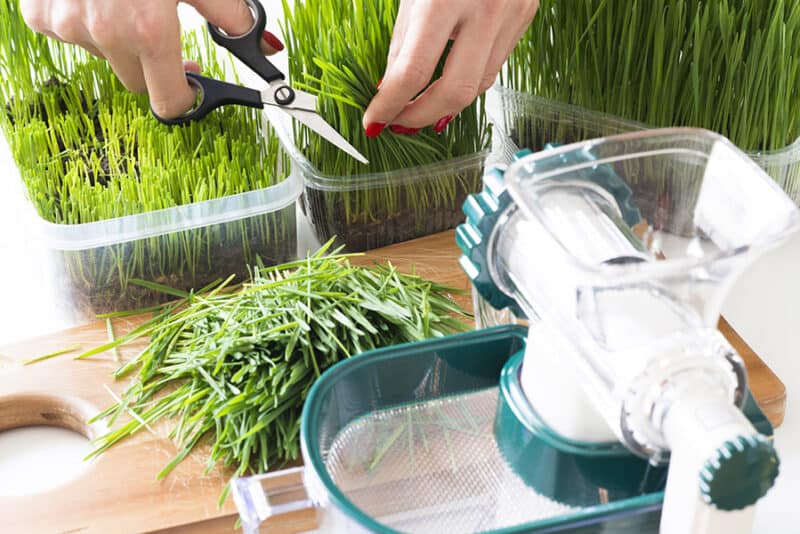
For juicing, the basic formula is one cup of seeds per 10×10 inch tray. That yields approximately 10 ounces of wheatgrass juice.
Most juicers recommend that you use a masticating juicer for wheatgrass. One-half cup of fresh wheatgrass will generally produce a one-ounce serving of juice.
Some people drink the wheatgrass straight, which is often referred to as wheatgrass shots.
To make it tastier, you can mix it with other juices or add it to a smoothie. Some popular suggestions are fruit such as pineapple, coconut, or strawberries.
You can also use a blender to chop it up. Add a cup of water while chopping. Then strain it using cheesecloth. You can then use the juice or pour the juice back in the blender to make a smoothie.
What To Do With The Pulp
When you process your wheatgrass using a juicer or blender you are left with pulp. The pulp s basically cellulose from the grass and not very digestible. However, there are several good uses for it.
- Add it to your compost pile.
- Feed to livestock – any livestock that eats hay such as your rabbits, goats, or sheep will enjoy it. Chickens will also appreciate the treat.
You can also try these great recipes:
- Baby Spinach, Blueberry and Wheatgrass Smoothie
- Green Tea, Apple, and Wheatgrass Smoothie
- Muskmelon, Watermelon and Wheatgrass Juice
Dehydrating
You can place wheatgrass in a dehydrator to dry. After it dries, use a mortar and pestle to grind it into a powder. Place the powder inside pill capsules.
You can also store the powder and add a tablespoon to soups or stews for a nutrtional boost.
Storing Wheatgrass
You can store your wheatgrass up to one week in the refrigerator.
You can also freeze your wheatgrass juice in ice cube trays for later use. These are nice to add to smoothies.
